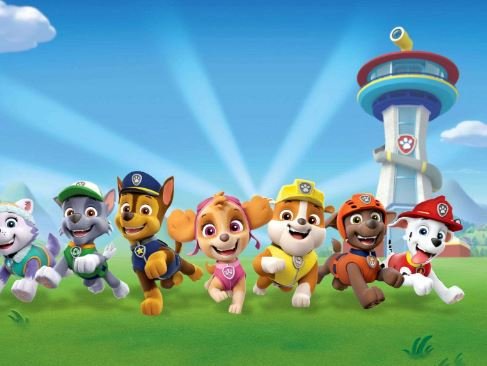Imagine being a part of an elite team, where every member has unique skills that contribute to the group’s success.
No, we’re not talking about the Avengers or Justice League; we’re referring to the animated world’s most beloved rescue team – Paw Patrol.
Paw Patrol, an animated series for children, is more than just entertainment. It’s a treasure trove of lessons in leadership, teamwork, problem-solving, and resilience.
Whether you’re a newbie stepping into your first leadership role or an experienced leader looking to sharpen your skills, there are insights to be gleaned from this canine crew.
1. Embrace Diversity: Each pup in Paw Patrol has a distinct skill set that reflects their personality – from Chase’s police skills to Skye’s ability to fly. This diversity is their strength and allows them to tackle any challenge effectively. In real-world teams too, embracing diversity can lead to innovative solutions and improved team performance.
2. Clear Communication: Ryder, the human leader of Paw Patrol, excels at clear communication. He succinctly outlines the problem and assigns tasks based on each pup’s abilities. Similarly, leaders should strive for clarity in communication to avoid misunderstandings and confirm everyone is on the same page.
3. Encourage Participation: Ryder always asks his team if they’re ready for action before embarking on a mission. This fosters a sense of inclusion and respect among team members – a valuable lesson for leaders aiming to create an engaging work environment.
4. Resilience in Face of Challenges: The pups face various obstacles during their missions but never give up. They regroup and try different strategies until they succeed – embodying resilience that every leader should inspire in their teams.
5. Celebrate Successes: After every successful mission, Paw Patrol celebrates together – reinforcing positive behavior and fostering camaraderie among team members. In the real world, recognizing and celebrating successes can boost morale and motivate teams to perform better.
6. Continuous Learning: Paw Patrol is always learning new skills and improving existing ones, demonstrating the importance of continuous learning in personal and professional growth.
7. Lead with Empathy: Ryder shows genuine concern for his team and those they help, highlighting the importance of empathy in leadership. An empathetic leader can understand their team’s needs better, leading to increased trust and loyalty.
8. Adaptability: The Paw Patrol team constantly adapts to new situations – a crucial skill in today’s rapidly changing world. Leaders should encourage adaptability to confirm their teams can navigate through any change smoothly.
While it may seem unconventional to draw leadership lessons from a children’s show, Paw Patrol offers valuable insights that can be applied in real-world scenarios. So next time you find yourself watching an episode with your little one, pay attention – you might just learn something new about leadership!
Remember, as Ryder often says, “No job is too big, no pup is too small!” Embrace this mindset and watch your leadership skills soar.
Happy leading!


